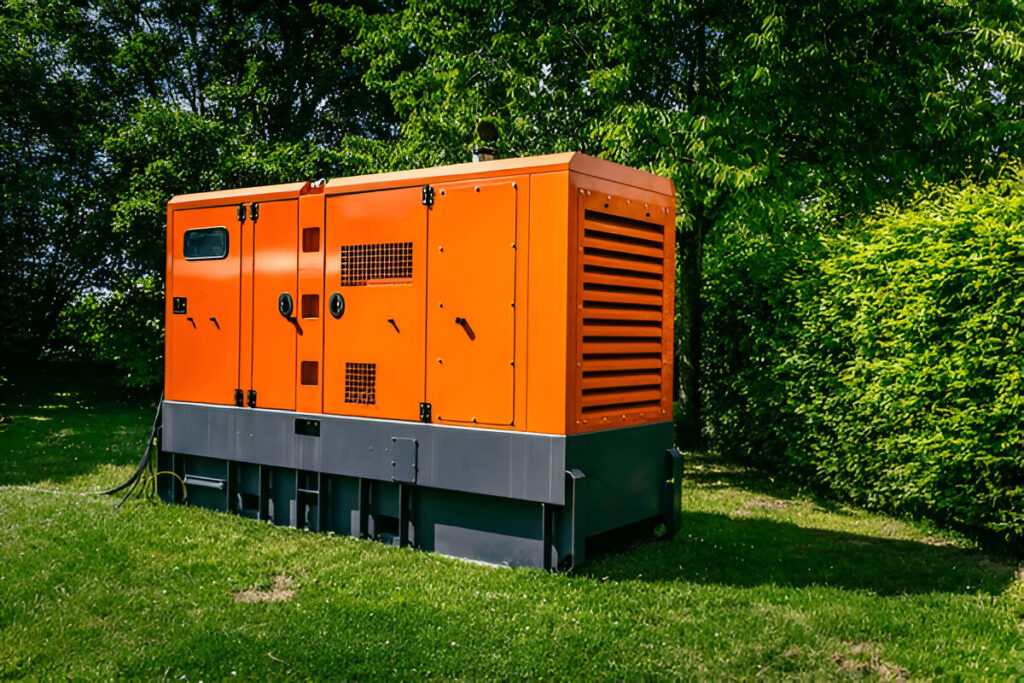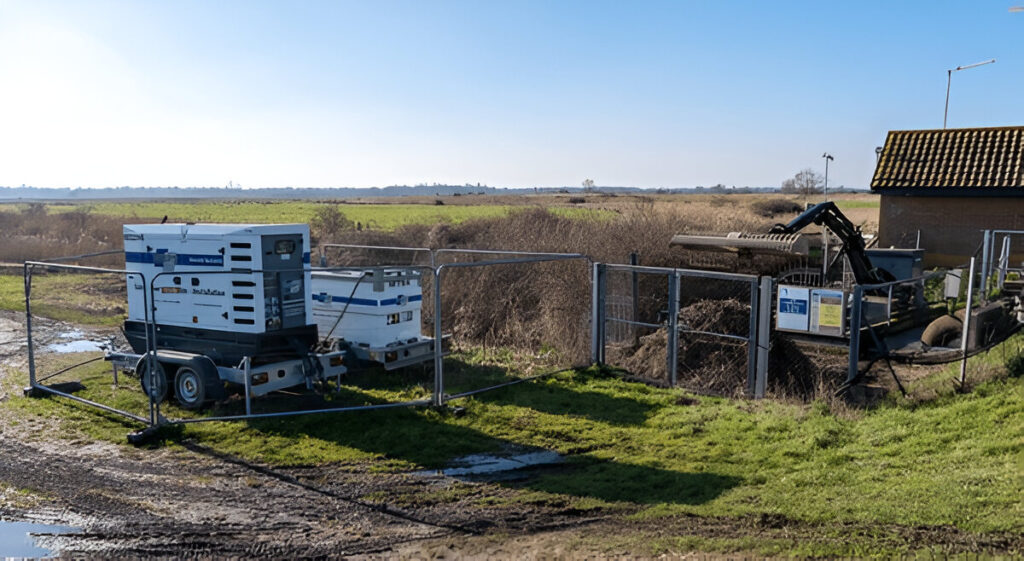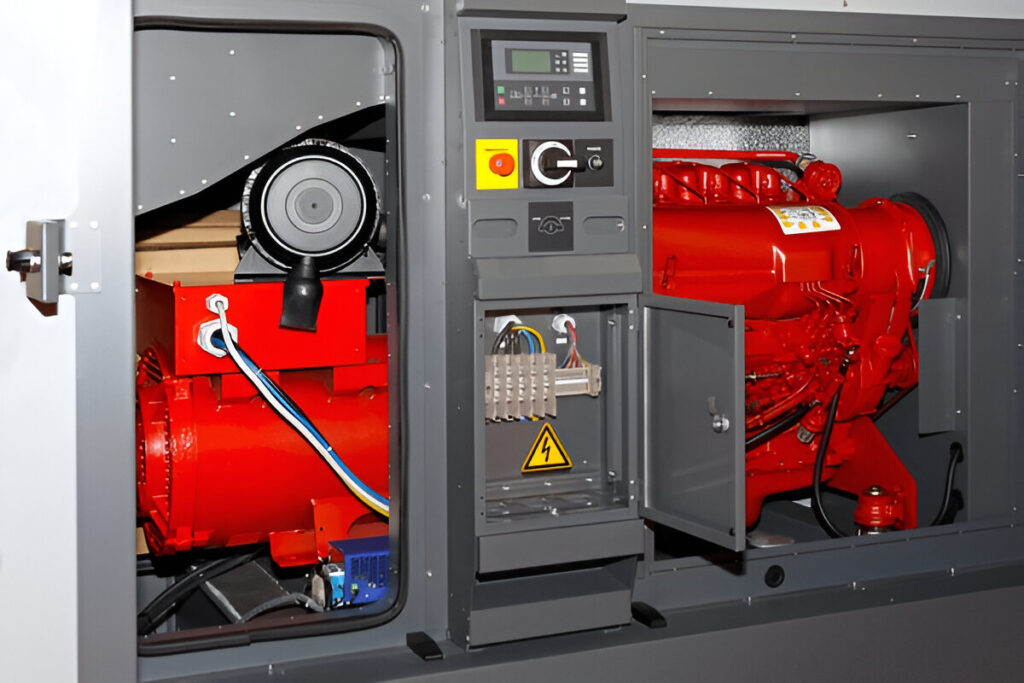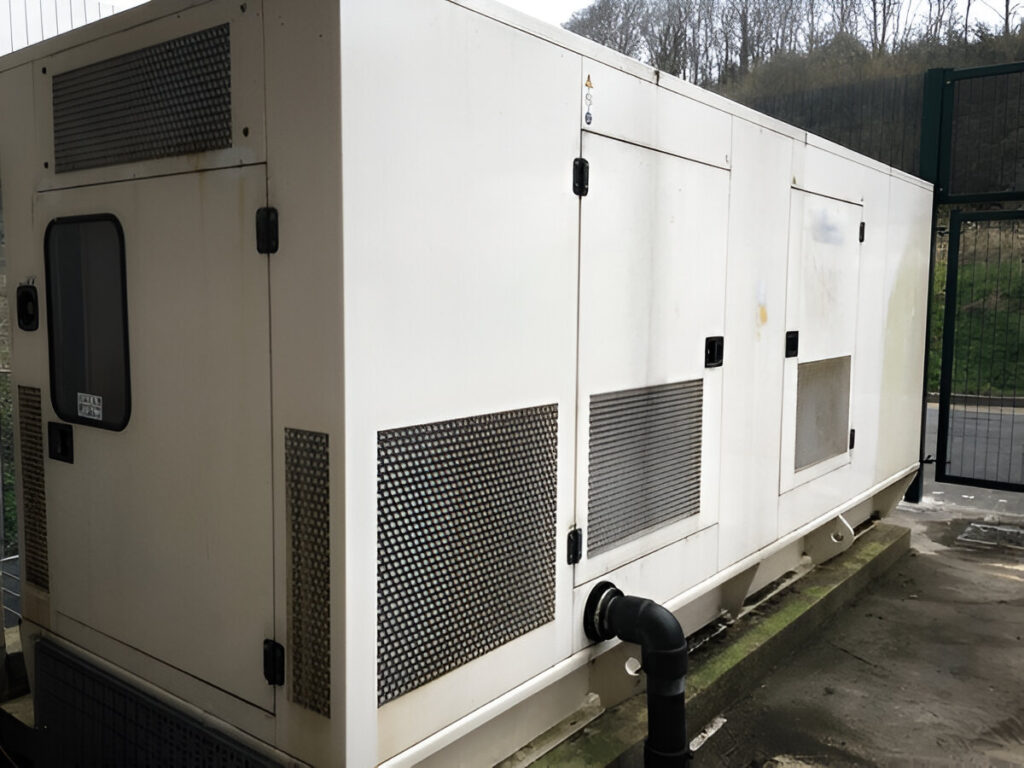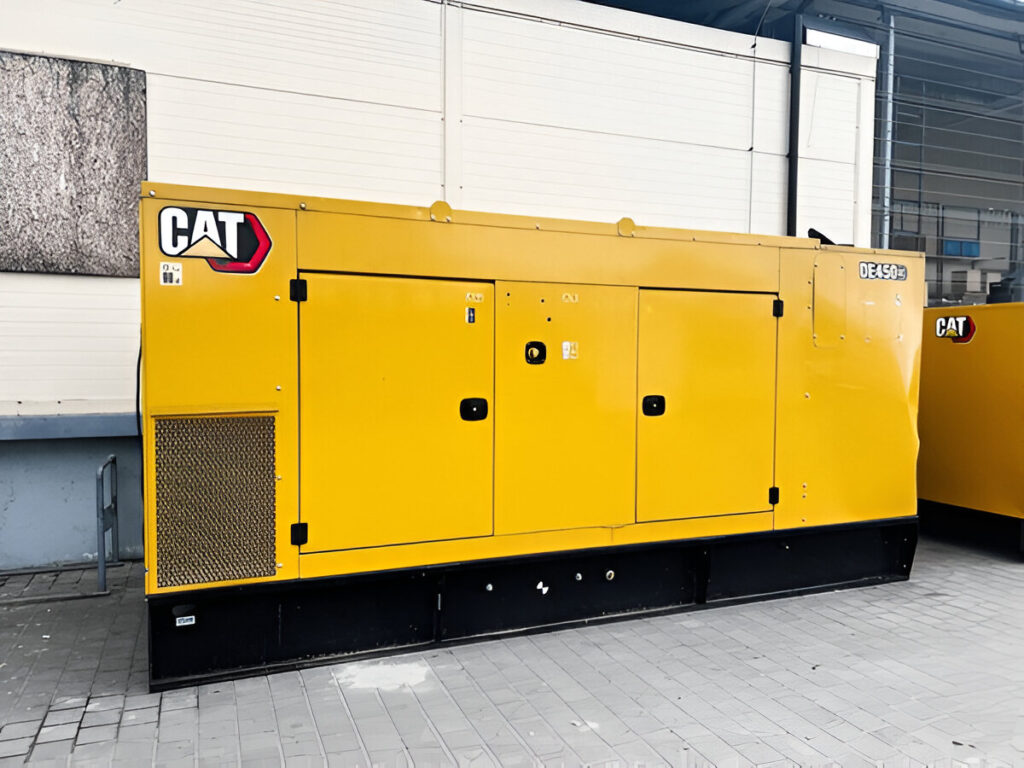A Diesel Generator is the backbone of reliable backup power in many industries. Whether it’s for a hospital, a construction site, or a data center, keeping your generator in top condition is essential—especially when dealing with premium machines like Caterpillar generators. These engines are built to last, but only if you maintain them right.
In this blog, we’ll break down the most common maintenance tips for Caterpillar diesel generators, so you can avoid costly breakdowns and extend the life of your investment. If you’re running a business or managing a facility, these tips will help ensure your power stays on when it matters most.
1. Regularly Check Engine Oil and Coolant Levels
The first and most basic rule of Diesel Generator maintenance is monitoring engine oil and coolant. Low oil levels can lead to engine damage, while inadequate coolant can cause overheating. For Caterpillar models, it’s advised to check these levels every 8 to 10 hours of operation.
If you’re using your generator frequently, you should be even more diligent. Always top off using manufacturer-recommended fluids for optimum performance.
2. Replace Fuel and Air Filters Timely
Clogged filters reduce efficiency and can eventually damage the generator. Fuel filters should be changed after 250 hours of use, and air filters typically need checking every 100 to 150 hours. Clean air means your generator breathes better and lasts longer.
If you’re in a dusty or harsh environment, you might need to inspect and change filters even more frequently.
3. Inspect and Clean Battery Terminals
Dead batteries are one of the most common reasons for generator failure during startup. Regularly inspect battery terminals for corrosion, and clean them if needed. Tighten any loose connections and check the battery voltage regularly.
Don’t wait for an emergency to find out your generator won’t start. A few minutes of inspection can save hours of downtime.
4. Keep the Generator Clean and Covered
Dust and moisture can destroy electrical components over time. Invest in a high-quality generator enclosure to protect your unit from the elements. This is especially important if your generator is installed outdoors.
A clean generator is not only safer but also easier to inspect and maintain.
5. Test Your Generator Weekly
Many people forget this crucial tip: test your generator under load at least once a week. This keeps fluids moving, batteries charged, and helps you spot any early signs of trouble. Caterpillar recommends a no-load test of at least 30 minutes every week.
Not only does this keep the internal systems running smoothly, but it also reassures you that your backup system is ready.
6. Monitor Fuel Quality and Storage
Fuel degrades over time, leading to clogged filters and poor performance. Make sure to rotate stored fuel and consider using stabilizers. In colder regions, keep an eye on water condensation inside fuel tanks—it can freeze and block fuel lines.
If you’re operating in extreme conditions, you might want to look into diesel motor generators specifically designed for harsh climates.
7. Watch for Exhaust System Leaks
A damaged exhaust system not only affects generator performance but can also pose serious health hazards. During maintenance, inspect the exhaust system for leaks, rust, or any signs of wear.
Caterpillar generators are designed for durability, but even the best systems can develop issues over time if not properly monitored.
8. Keep Maintenance Records
This tip is often overlooked but incredibly helpful. Maintain a logbook of every inspection, fluid change, or repair. Having a history of maintenance makes it easier to diagnose future issues and helps during warranty claims or generator resale.
It also helps when dealing with technicians who can quickly understand your generator’s history.
9. Use Only OEM Parts and Certified Technicians
Always use genuine Caterpillar parts for any replacement. While aftermarket parts might seem cheaper, they can cost you more in the long run by reducing performance or even voiding the warranty. Likewise, only hire certified technicians who understand Caterpillar Generators inside and out.
Need help choosing the right one? Check out the caterpillar generator company for reliable support and OEM parts.
10. Schedule Professional Servicing Annually
While you can handle basic tasks yourself, a yearly inspection by professionals is a must. They’ll check internal components, conduct load bank testing, and ensure your generator complies with all safety standards.
Think of it as an annual health check-up, just for your diesel generator.
11. Plan for Seasonal Maintenance
If you live in an area with seasonal extremes, adjust your maintenance schedule accordingly. Cold winters can cause batteries to die faster and fuel to gel. Summer heat may stress the cooling system. Caterpillar offers weather-specific solutions to handle these issues.
Need a reliable diesel generator for sale? Make sure it comes ready for your environment.
Final Thoughts
Maintaining your Diesel Generator—especially a Caterpillar model—isn’t just about keeping the lights on. It’s about protecting your investment and ensuring safety, reliability, and peace of mind. With the right care and a little planning, your generator will provide you with years of dependable service.
So, whether you’re upgrading an older system or buying a used generator for sale, remember: maintenance is the key to performance.
For those looking for top-quality units, components, and enclosures, don’t miss what’s available at bcdieselgenerators.com. From enclosures to full generators for sale, everything is just a click away.

